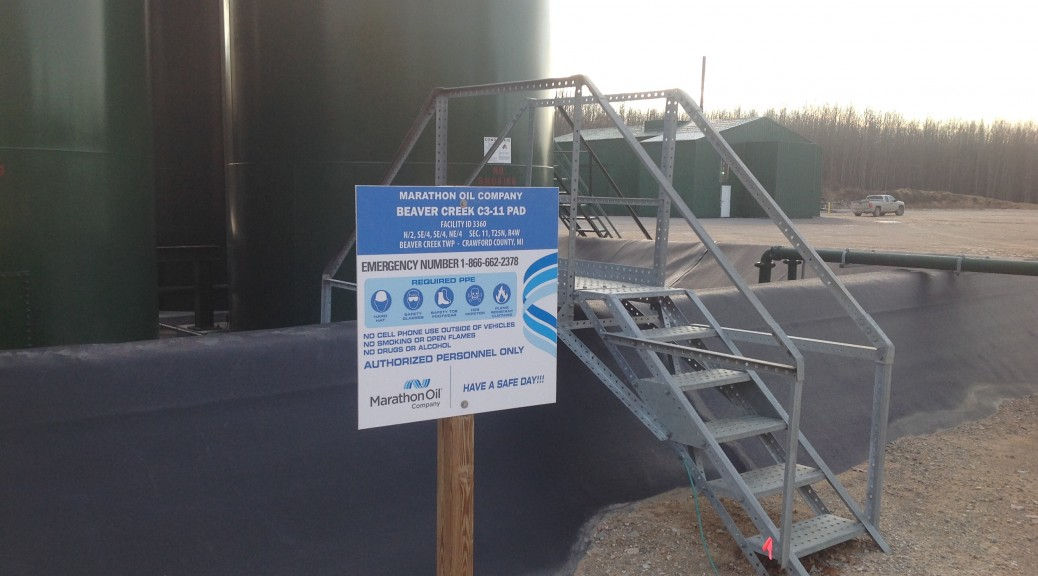Category: Michigan
-

Analysis of Michigan Department of Environmental Quality High Volume Hydraulically Fractured Well Completions and Applications
If you would like to learn more about High Volume Hydraulic Fracturing in the Michigan Basin, click through to read an analysis paper about HVHF in Michigan that is hosted by Friends of Au Gres-Rifle Watershed. RMP has teamed up with FAR Watershed to publish this informative exposition of HVHF in Michigan since its inception…
-
Michigan Oil & Gas Monthly – February 2015
Check out the February 2015 edition of the Michigan Oil & Gas Monthly magazine. Read this post on activity in the Michigan oil patch in the month February or check out the video edition of the same. Check back each month to stay up to date on all activity related to oil & gas in…
-

Michigan Oil & Gas Monthly – January 2015
Check out our very first edition of the Michigan Oil & Gas Monthly magazine. We will be recapping application, permitting, production, and other information related oil & gas activity in Michigan each month. Want to know what is going on in Michigan as it relates to oil & gas and all things energy? Follow us…
-

Michigan Petroleum Production 101
Understanding Michigan Petroleum Production can be tricky at first. This article is a primer about the basics of petroleum production and discusses history, units of measure, and pricing. We are about to start publishing Michigan production info on a regular basis and this article will help you get the most out of how and why…
-

Michigan Petroleum Geology 101
Marathon Oil, a Houston Texas company, has recently purchased Encana’s (Calgary, Canada) leased acreage and producing wells in the Michigan Basin. Encana was given millions of gallons of Michigan freshwater to test the Collingwood shale and was permitted to use millions of gallons more. Their results, however, have not been economically viable for a for-profit…
-

Meet Duke, RMP’s Official Mascot
Meet Duke. Duke is the official mascot of the respectmyplanet organization. Duke goes everywhere in Michigan and has been more places than Johnny Cash.
-

Michigan Oil & Gas Exploration – A Look From 2014
Welcome to our first article published in a long time using the famous Wordpress application. We’re excited to add this powerful 3rd party publishing software to our website. We look forward to writing about high volume hydraulic fracturing and oil & gas exploration in the Michigan Basin. We are always trying to learn more about…